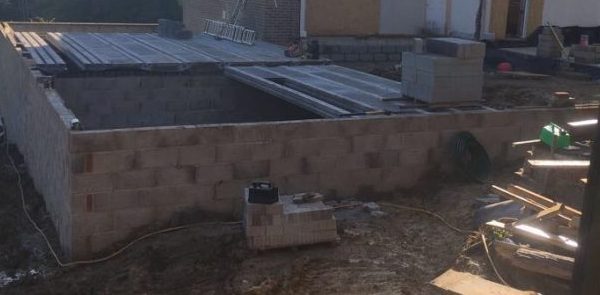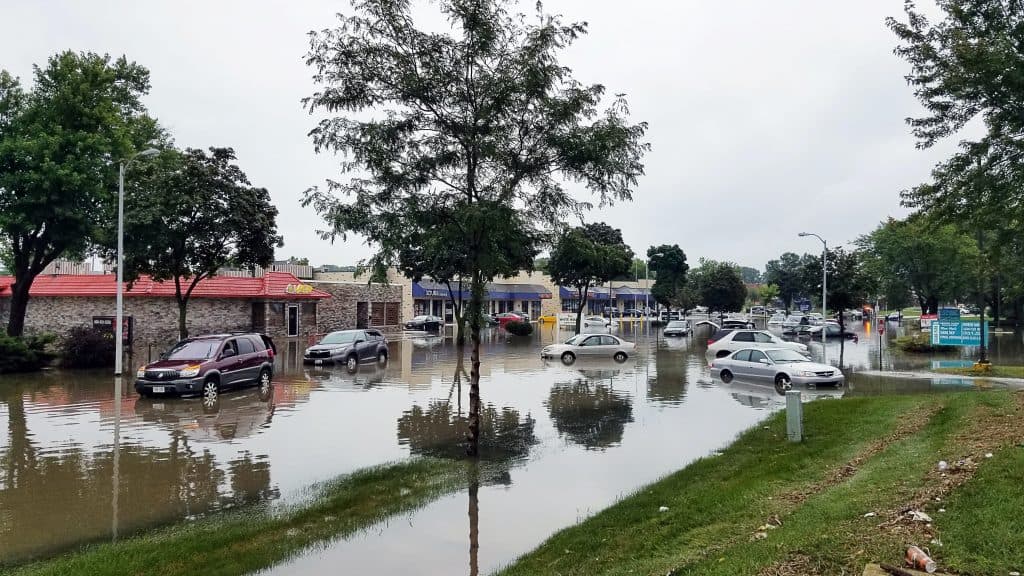Each year, floods occur in various regions of the world. Recently, countries such as China, Germany, Belgium, and even the United Kingdom have been hit by flooding because of the torrential rains. The buildings in these areas were overwhelmed, the car washed away, and even people died.
For instance, according to reports, it is estimated that “At least 196 people had died as of 20 July—165 in Germany and 31 in Belgium.” The number was expected to increase as the rains continued.
Other cities in Russia, Italy, Germany, Switzerland, and the United Kingdom were impacted by the floods too. In what the Floodlist calls “one of the worst months on record’, it is estimated that over 920 people died due to landslides, flash floods and other rain-related incidents worldwide in July.
Africa is not on the sidelines. Our Neighbors Ethiopia, Uganda, Sudan, South Sudan, Somalia and even as far as Chad, Senegal and Ghana experienced flooding this year. But different places worldwide are expected to experience flooding to some extent as the rainy season continues.
In Kenya, we have had our share of incidents linked to rain. In Kenya, to be precise, close to 40,000 families were left homeless, their houses flooded by the long rains in the early months of 2021.
In April, the International Federation of Red Cross and Red Crescent Societies (IFRC) reported flooding events in Tana, Busia, Kisumu, Garissa and Marsabit counties. According to the organization, the hardest-hit areas included Tana River (3,864 displaced), Homa Bay (2,046), Kisumu (7,704), Busia (4,056) and Migori (5,022).
Reasons behind the flooding
Extreme rains
Extreme rains in a short time cause rainwater to rapidly rise, causing flooding, which is a problem for everyone, including the government.
Global warming and climate change
Global warming is an increasing threat in Kenya because of its climate-changing impacts. Different studies predict that the average temperature may increase in the 21st Century affecting the weather patterns, including rainfalls. The ever-changing climate often leads to increased cases of flooding, undermining the economy.
Overflowing rivers and broken dams
In Kenya, sometimes flooding comes due to overflowing rivers and broken river banks and dams and not heavy rains. Extreme rains usually cause overland flow that exceeds the rivers and dam capacity, therefore increasing the likelihood of broken river and dam banks and flooding.
Poor drainage systems
In Nairobi, for example, the city experiences flash floods from time to time because of poor drainage systems. When rains come, the drainage system cannot handle the load and eventually collapses, leading to flooding.
How Flooding can damage your structure.
Damages to buildings due to floods occur due to many factors. Floods expose the building to structural damages, weakening the foundation that holds the structures together leading to severe damages or even collapse.
The harm from flooding comes from the speedy water entering your home. The water pushes your home perimeter, weakening its structures. additionally, flood water penetrates deep into the foundation causing loading bearing structures to shift and break, inflicting extreme damage to the foundation and the structure.
Flooding can cause a host of other harm from electrical risk and gas risk. That is why it is always important to build a flood resilience home.
Building for flood resilience in Kenya
In response to the menace, it is a good idea to follow the preventive measures and find solutions that will help deal with the complexities and uncertainties associated with floods.
All too often around Kenya, builders put houses too deep into the ground, causing drainage nightmares. We cannot adapt to flooding, but we can certainly reduce the risk. Elevation of your structure above flooding heights is a method that can protect your house against flooding.

There is a science in this method that needs to be taken into consideration to reduce the risk for everyone. Elevating your building above the surrounding landscape ensures the top of the house slab is high enough so the ground around the entire home can be sloped away. This, in turn, help prevent the overland water that hits up against your home from causing flooding.
According to the Kenya building code, “A few inches of your building foundation should be exposed above the soil around a home. The ground around the structure must then tilt away from the foundation and fall at least a few inches in the first horizontal feet of run. This will create a Swale or trough, so water does not come crashing against the house.”
It is crucial to realize these guidelines are just the minimum standards put by respectable organizations in the industry. Therefore, it is best to have more fall so the water never runs up against the foundation.
conclusion
Flooding is a destructive natural hazard. The floodwater can cover a particular area with just a few inches of water or submerge the area. The previously safe areas are now at risk and the known flood-prone areas are flooded time and time again, which is a cause for concern.
Despite the existence of the Kenya building code, laws, strategies and regulations, Kenyans have not adapted to building flood-resilient structures. The destructive natural hazard continues to threaten the construction industry in Kenya and causing a lot of disruptions.
Traditionally, the solutions may focus on the engineering and technical responses, but the solution should start as early as during the initial planning and before implementation. Similarly, it is important to have comprehensive, up-to-date information on how to use design your structure to anticipate and mitigate floods. Adopting these techniques, coupled with the proper choice of material and location, will significantly reduce the risk of flooding and help in mitigating the adverse effects of floods on structures in Kenya.

